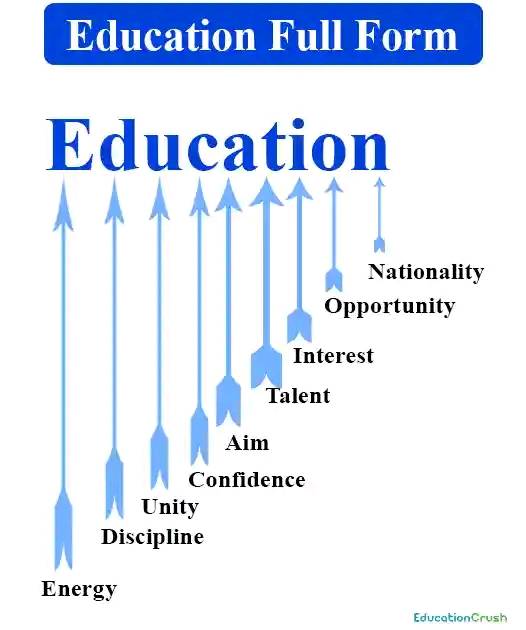So Many Jobs, So Few Jobs: Why Our Employment Fixes Keep Missing the Mark
A few years ago, I found myself sitting on a plastic chair under a mango tree, waiting for a job interview that never happened. Long story short — the company “wasn’t ready to hire yet†(their words, not mine) but they still made me dress up, print out my dusty CV, and sit there like I was waiting for a miracle. I remember looking around and counting at least twelve other hopefuls, sweating in their Sunday best, waiting for the same lie.
So when I read that ISSER’s new report basically says “Hey, all those fancy employment measures haven’t really worked,†I didn’t even flinch. Deep down, I feel like most of us already knew.
Think about it — how many times have you heard about some big youth employment initiative on TV? Or seen the huge banners with smiling faces, fresh graduates promising to “transform the economy� Then fast forward a year later and it’s crickets. Or worse, there’s some scandal about unpaid allowances, ghost names, or jobs that magically vanished.
In my opinion — and I may be wrong — we keep throwing fancy solutions at unemployment like it’s a maths problem you can solve with a new app or committee. But real jobs? They’re not created at a conference table. They grow in places where businesses can breathe, where young people actually have skills that match what the world wants now.
I’ve noticed we love to do these quick-fix things. Youth modules. Skills training. “Start your own business.†(Meanwhile, who’s buying from these thousands of new “startups†when nobody has money?) It’s like telling everyone to sell kelewele at the same junction and then wondering why no one’s making enough to buy gas for the fryer.
Honestly, sometimes I feel we’re just rearranging chairs on a sinking boat. Harsh, I know. But go to any café right now — I bet you’ll find someone scrolling job sites endlessly, sending CVs they know won’t get answered. Or doing a gig job that pays barely enough to buy data for the next hustle.
And here’s the kicker: ISSER didn’t just say it’s not working. They basically told us what we all feel every time we swipe past another unemployment story — the system isn’t built to really absorb the numbers. Our economy’s just not growing in the right way, for the right people.
So what do we do? (Big question — I don’t have the answer. Honestly, I wish I did). Maybe we start by admitting that quick-fix “schemes†don’t fix deep cracks. Or that skills training without real industries is just training people for jobs that don’t exist.
Or maybe we start by asking ourselves — when did we get so used to calling hustle the norm? When did “side gig†become the default instead of a choice?
I don’t know. Maybe next time you see someone sitting under a mango tree in their best shirt, waiting for a job that may never come, you’ll remember this ISSER report. Or this little rant. Or that deep-down ache that tells you — we can do better than this.
So here’s my question: What would a real solution look like, if we stopped pretending the old ones work? And are we ready to build it — or just keep printing more banners?


